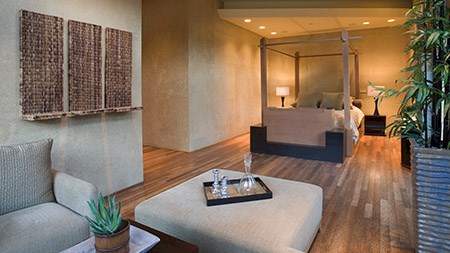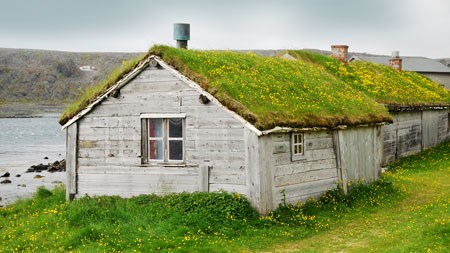There’s very little to beat a sunny winter in a naturally warm home; and it’s even better when the same home delivers cool summer living.
Architects’ “passive design” principles explain why they view their reputation as “slaves to orientation” as a compliment. Their efforts benefit consumers directly, while coinciding with sustainable practices as seen at Green Building Councils globally.
Indoor spaces heated by electrical appliances account for the largest chunk of power bills. Educated choices will help optimised sunlight, improve insulation, slash utility bills and reduce your carbon footprint.
Orientation is everything
Residents living in dark and shadier surroundings will no doubt feel the effects of Eskom’s recent tariff hike of 8% coinciding with winter. More reason then, for house scouting at different times of the day, to obtain relevant information about different seasons.
Looking at the variety of orientations along the False Bay coastline and varying sun and light conditions at elevated mountainside positions in Kalk Bay and Simonstown illustrates this point.
Minimal interior heating needs during winter daylight hours here are due to the abundance of early and midday sunlight. Houses with good insulation illustrate good economic sense with respect to the retention of indoor temperatures, despite the cooling effects of mountain shadows and sea breezes by mid-afternoon.
On the other hand, their neighbours in westerly or southerly positions, who in winter only see the sun by noon, enjoy the benefits of extended daylight hours to 9pm in summer. So you can’t have the best of both worlds!
What to shop for
As a general rule of thumb, good choices aim toward 80% solar exposure in winter and up to a 100% shade in summer. Look for interiors where the natural flow of light is achieved through wide windows, skylights and sliding doors.
When property shopping, check the exterior of your lust-have home for deep overhangs, canopies, and pergolas or porches where you can grow greenery for sun protection. Consider planting winter leaf-shedding shrubs and trees, to let the sunshine in while keeping the home cooler in summer. Designs for new extensions and alterations should cater for shaded patios and entertainment areas with uninterrupted air flow.
Did you know?
Electrical heaters should ideally have thermostats and automatic switching-off mechanisms
+
Convection heaters work quickly in small spaces, are silent and are a low risk hazard
Fan / oscillating heaters give quick heat in enclosed spaces but there is a risk of ignition near furniture and curtains
+
Radiant heaters employ old technology; they are a burn and fire hazard
Halogen heaters convert up to 86% of input power to radiant energy
+
Oil-filled heaters – take longer to heat up a room but give good heat retention
Gas fireplaces and heaters – expensive to install but are then cost-effective and efficient
Your home’s hidden power guzzlers
Heating water accounts for 40 to 60% of year-round electricity consumption! The geyser aside, these are the biggest electricity-users in your home:
Tumble dryer: 3 300-watts per 0.5 hours
+
Washing machine: 3 000-watts per 0.75 hours
Dishwasher: 2 500-watts per 0.9 hours
+
Vacuum cleaner: 1 000-watts per 0.5 hours





